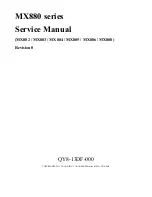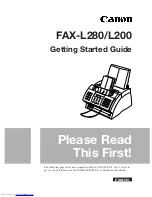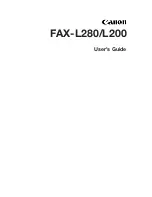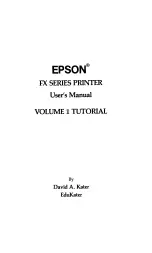
123
DP-1910F
b. To determine whether a router is slow and needs to be upgraded or additional routers should be
installed on the network. You can determine this by simply comparing the time it takes for a packet
to get through a particular router. If its return time is significantly higher than the other routers, it
should be upgraded.
To use this utility, from the DOS command-line, type: tracert <IP Address or Hostname>
Tracing the Route to SMTP/POP Server
5. Managing Network Route Tables
In the simplest case a router connects two network segments. In this model, the system used to join
the two segments needs to know only about these segments.
The routing table for router R1 in this case is simple; the following table shows its key routes:
When the Unit at 192.168.3.5 attempts to communicate with the Unit at 192.168.1.x, IP performs the
ANDing process to find two things: The local network ID is 192.168.3.0, and the destination network ID
is not. This means, that the destination host is not on the local network.
IP, is responsible to find a route to the remote network, and therefore, it consults the routing table.
Here, the local host normally determines that the next step in the route is the Default Gateway, and
sends the packet to router R1.
The router R1, receives the packet. After determining that the packet is for another host and not the
router itself, it checks the routing table. It finds the route to 192.168.1.0 and sends the packet through
the interface to the Unit at 192.168.1.x, which receives the packet. This is a simple route that took only
a single hop.
When another network is added as the number of hosts grows, it gets complicated, and the systems on
the most distant networks cannot communicate. When the router receives a packet in this case, it
cannot find a route to the remote network. It then discards the packet and a message indicating
“destination host unreachable” is sent to the originator.
Here, is where the ROUTE command-line utility is useful when dealing with more than two networks,
and is used by Administrators to statically manage a route table by adding, deleting, changing and
clearing the route table. It has a number of options that are used to manipulate the routing tables, some
are shown below:
• MASK
If this switch is present, the next parameter is interpreted as the netmask parameter.
• Netmask
If included, specifies a sub-net mask value to be associated with this route entry. If not specified, it
defaults to 255.255.255.255.
• Gateway
Specifies the gateway.
• METRIC
Specifies the metric / cost for the destination.
Network Address
Netmask
Gateway
Interface
192.168.3.0
255.255.255.0
192.168.3.254
192.168.3.254
192.168.1.0
255.255.255.0
192.168.1.253
192.168.1.253
C:\WINDOWS>tracert sv2.labo.pcc.com
Tracing route to sv2.labo.pcc.com [192.168.1.2]
over a maximum of 30 hops:
1 4 ms 2 ms 2 ms 192.168.3.254
2 4 ms 5 ms 5 ms sv2.labo.pcc.com [192.168.1.2]
Trace complete.
Содержание e-studio191f
Страница 1: ...SERVICE MANUAL PLAINPAPERFACSIMILE e STUDIO191F File No SME11005000 R110321J1200 TTEC Ver00_2011 04 ...
Страница 22: ...22 DP 1910F 1 2 Control Panel For USA and Canada TOSHIBA DP 1910F ...
Страница 225: ...225 DP 1910F memo ...
Страница 226: ......
















































